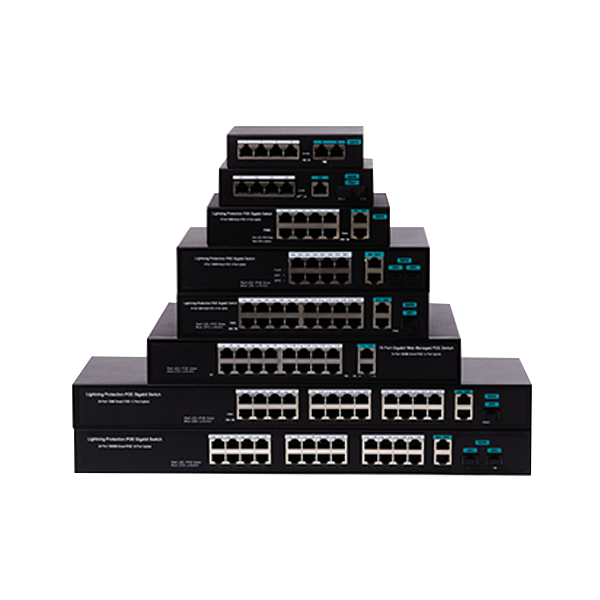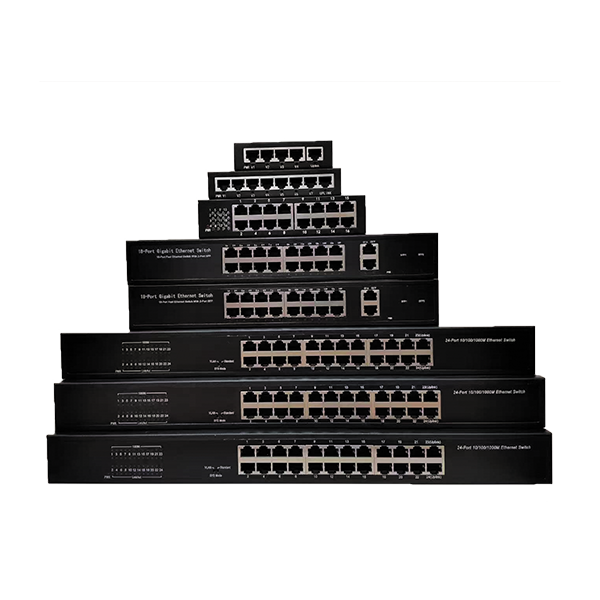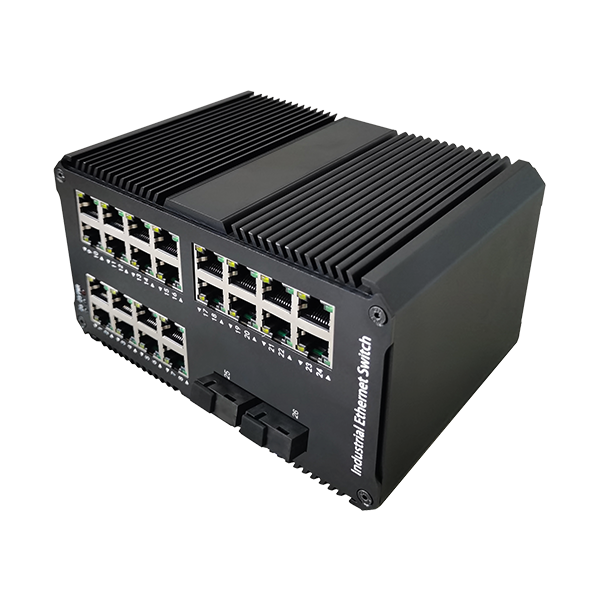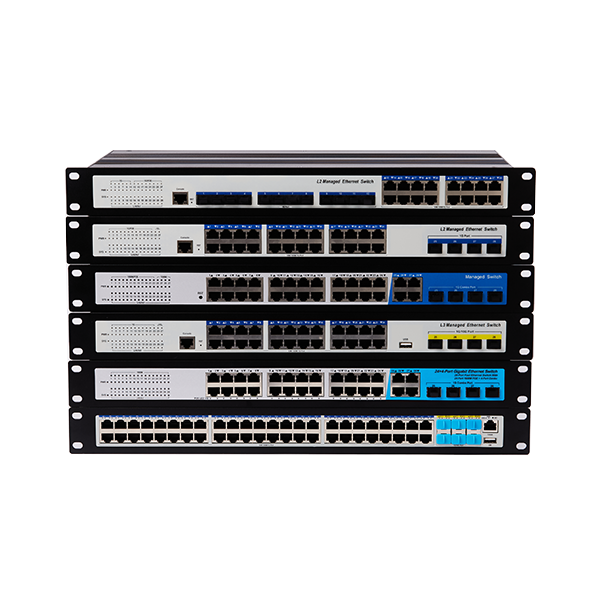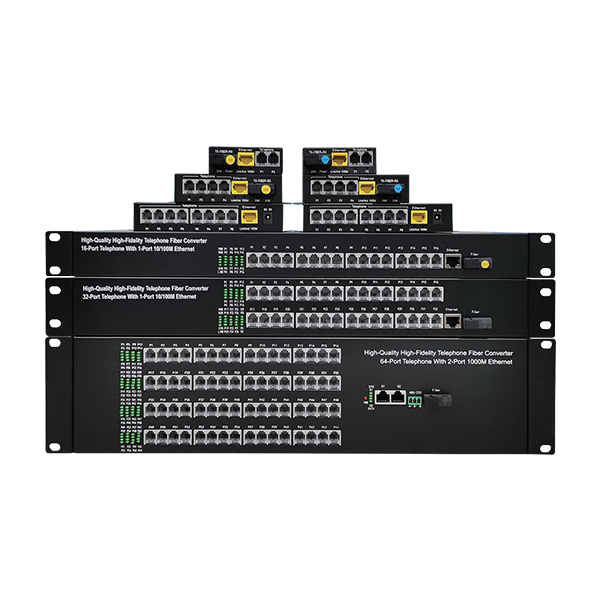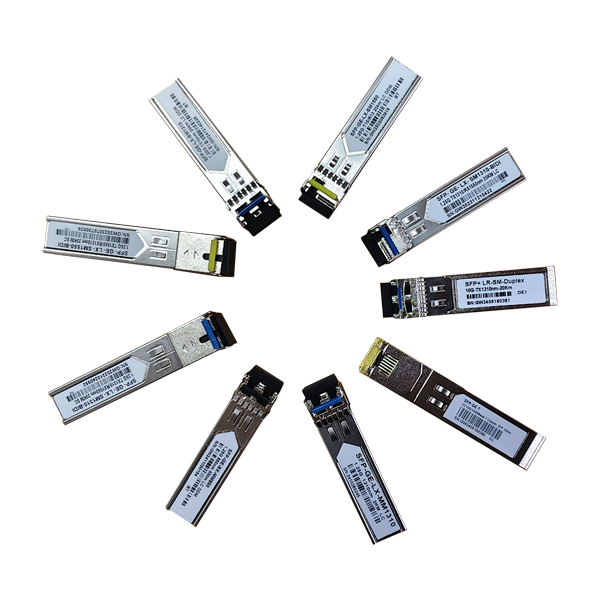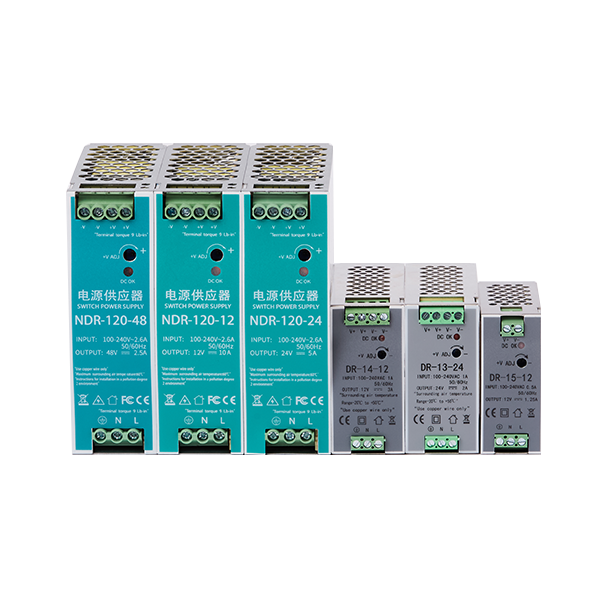Unraveling the Magic of Ethernet Switches: How They Work
Release time:
Jun 13,2025
Understanding Ethernet Switches
In the world of networking, Ethernet Switches are pivotal players. They’re like the traffic cops of data, directing packets where they need to go with remarkable efficiency. But have you ever wondered how these nifty devices actually work? Well, let’s dive into the nuts and bolts of Ethernet Switches!
The Basics: What is an Ethernet Switch?
An Ethernet Switch, in plain English, is a device that connects multiple devices on a local area network (LAN). Think of it as a multi-lane highway where data packets zoom from one device to another, ensuring smooth communication. Without these switches, data traffic would be a chaotic mess!
How Do Ethernet Switches Work?
Alright, let’s get into the nitty-gritty. At its core, an Ethernet Switch operates using something called packet switching. When a device wants to send data, it breaks that information down into packets. Each packet contains a header with the destination address—like a postcard with a return address. The switch reads this header to determine where to send it.
MAC Address: The Key to Directing Traffic
Every device on a network has a unique identifier known as a MAC address (Media Access Control address). This is crucial because the switch uses these addresses to build a MAC address table. Imagine this table as a directory that tells the switch which device is connected to which port. When a packet arrives, the switch checks the table to find the right port to forward the packet. It’s like using a phone book to find someone’s number!
Types of Ethernet Switches
Not all Ethernet Switches are created equal. They come in two main flavors: unmanaged and managed. Unmanaged switches are like your basic, no-frills devices. They work right out of the box and don’t require any configuration. On the flip side, managed switches offer a treasure trove of features, allowing you to customize settings, control data flow, and monitor network performance. It’s like comparing a bicycle to a high-tech sports car!
Why Use Ethernet Switches?
Here’s the kicker: using Ethernet Switches can significantly boost your network’s efficiency. Because they can process data at a much faster rate than hubs (the older, simpler devices), they reduce the chances of data collisions. Collisions are when two packets try to travel along the same path simultaneously, leading to lost data and slowdowns. Nobody wants that, right?
The Role of VLANs in Ethernet Switching
Now, let’s sprinkle in a bit of jargon—VLANs, or Virtual Local Area Networks. These nifty setups allow you to segment your network into different zones for better management and security. Think of VLANs as different neighborhoods in a city. Each neighborhood (or VLAN) has its own set of rules and traffic patterns, allowing for optimized data flow within that specific area.
Conclusion: The Unsung Heroes of Networking
In short, Ethernet Switches are the unsung heroes of modern networking. They may not be the flashiest devices in the room, but their ability to manage data traffic efficiently makes them indispensable. Whether you’re running a small home network or a sprawling corporate setup, understanding how these switches work can help you make the most of your network.
So, next time you’re surfing the web or streaming your favorite show, give a little nod to those Ethernet Switches doing their thing behind the scenes. They’re the backbone of connectivity, ensuring everything runs smoothly!
Related News






